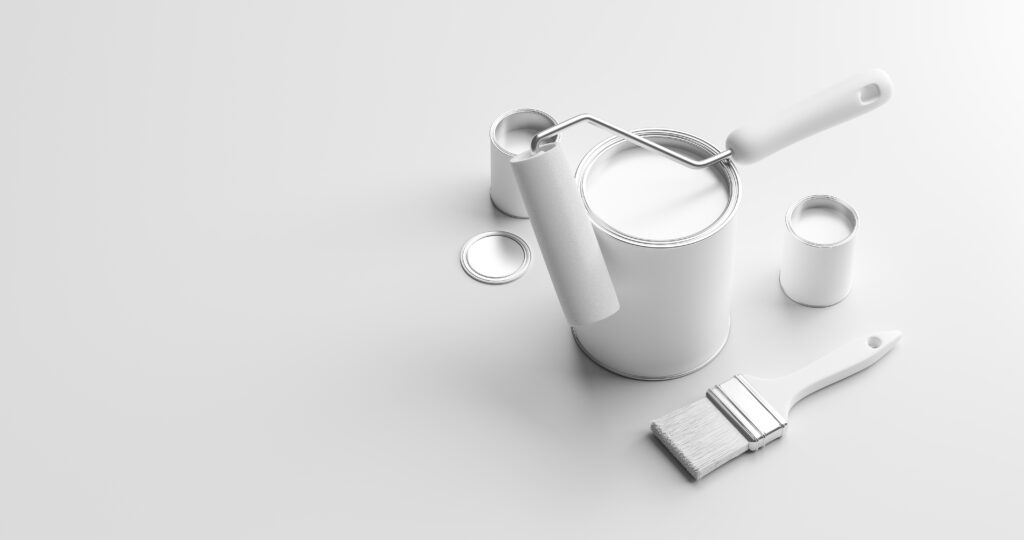For a seasoned commercial painter, choosing the right paint brush for a job can seem pretty black and white, but there is actually a lot to consider. From the coating your team will be using to the type of structure to any interior or exterior challenges, having the right brush helps ensure that the job will be completed quickly and efficiently.

According to Consumer Reports, it is best to match the paint brush material to the finish. For example, synthetic brushes with nylon and polyester should be used for water-based latex paints, while a natural-bristle brush works well with oil-based paint. While the quality of the brush is also important, matching the material and finish can help ensure the paint and finish are applied smoothly.
The size of the brush is important when working with surfaces of varying scopes. CPIA sponsors The Wooster Brush Company found that identifying the correct brush size down to the half inch is important in properly painting a surface. As a general rule, the brush should be about half an inch shorter than the surface that will be painted.
The style of a paint brush can indicate the type of surfaces and areas the brush was initially intended for. In a Bob Vila article, a brush’s style should be considered when finding the right one. A square cut brush, for example, is ideal for large and flat surfaces, while a round sash brush is smaller and should be used for decorative painting. Each paint brush is designed for a different purpose, so choosing the correct style can affect both painting efficiency and the final product.
One crucial, but easily overlooked, aspect of choosing the right paint brush is identifying the user’s experience level. While choosing the correct style and material of a brush can ensure a cleaner, smoother paint finish, certain paint brushes may have a certain tip or bristle cut that is identifiable only to professional painters. For a novice painter, using multiple brushes, from square edged to angled sash bristles, may be the best option to ensure a smooth painted finish.
Although they are more expensive, high-quality brushes can provide a cleaner painting experience. According to The Craftsman Blog, high-quality paint brushes paint more evenly and last longer, among other benefits. If the high-quality brushes are cleaned and cared for properly, they can consistently deliver a better end product.
The firmness of a brush can help determine how clean the paint strokes will ultimately be. For example, a hard brush is easier when painting straight lines, while soft brushes are better for smooth surfaces. Depending on experience level, a painter may be able to use hard brushes for larger, smooth surfaces without leaving brush strokes. However, finding the best firmness can generally ensure a simpler painting process.



